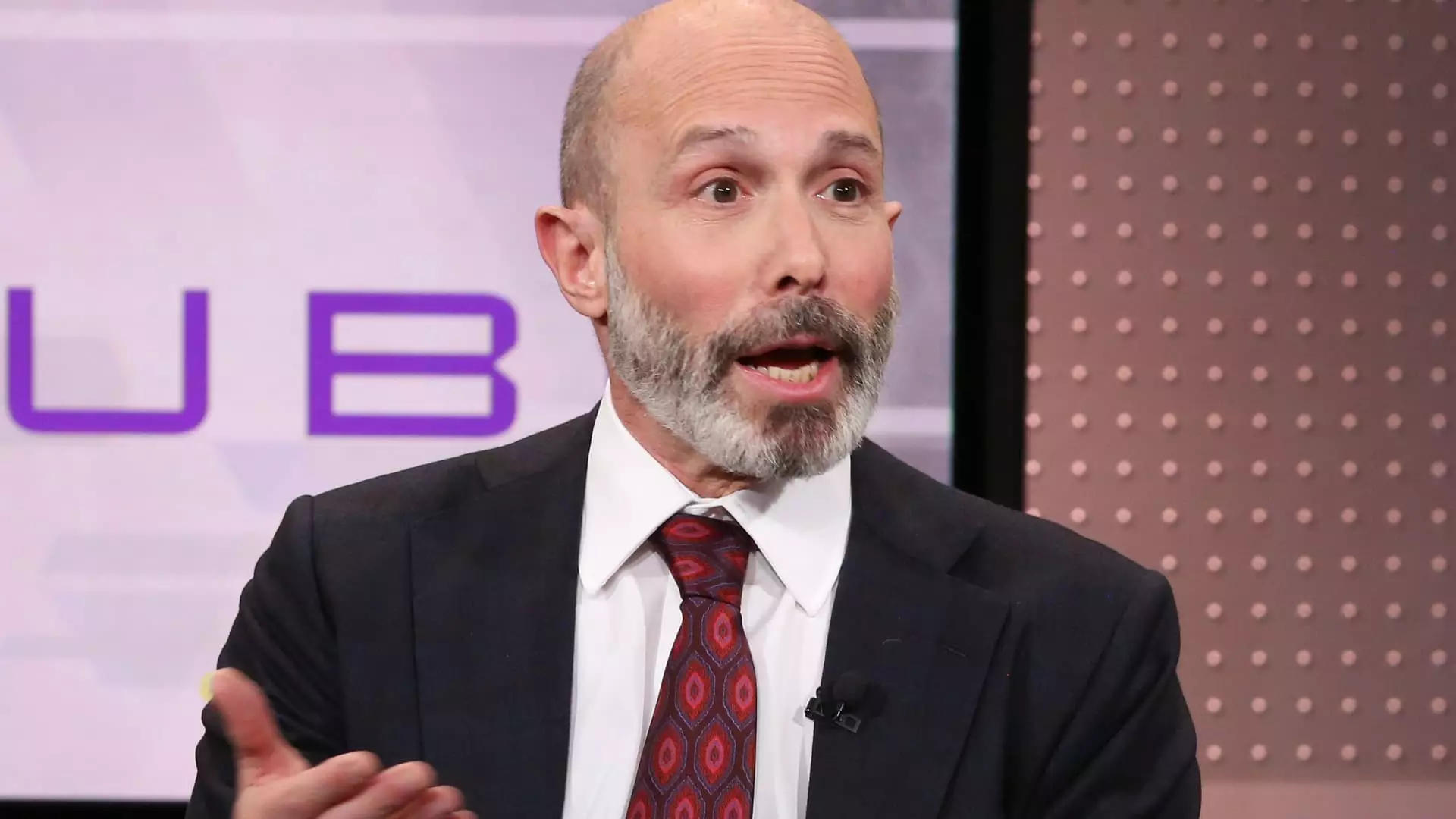The insurance climate in California has become increasingly severe, with regulatory and environmental factors creating a complex landscape for insurers. Evan Greenberg, CEO of Chubb, has made it clear that his company remains cautious about underwriting in areas where risks cannot be adequately compensated. This prudent approach has contributed to Chubb experiencing record-breaking performance in 2024. As Greenberg commented during Chubb’s fourth-quarter earnings call, this year has marked an unprecedented level of success for the company, bolstered by a 3% increase in shares in one day alone and a 13% rise over the year. However, this optimism must be tempered by the persistent threats faced by insurers, particularly highlighted by the devastating wildfires in the Los Angeles area that have put significant pressure on the insurance market.
The catastrophic wildfires in California have imposed an estimated $1.5 billion in net pretax costs on Chubb in the first quarter alone. In response to these escalating risks, Chubb has strategically reduced its exposure in the fire-prone regions by 50%. However, this move highlights a broader systemic issue in California. Consumer advocacy groups and state regulations inhibit insurers from imposing sufficient premiums that accurately reflect the inherent risks of living and working in these high-risk areas. Greenberg has raised concerns about the sustainability of a model where artificially low premiums entice individuals and businesses to settle in dangerous locations. “California stands out in this regard,” he noted, emphasizing the need for a reevaluation of the risk and return dynamics within the state.
Despite the challenging environment, Greenberg remains resolute in Chubb’s ability to navigate these turbulent waters. He articulated a confident outlook for the company’s financial performance, suggesting that the insurer will continue to grow its operating earnings and earnings per share (EPS) at a robust double-digit rate. This growth is expected to arise from multiple streams: property and casualty underwriting, investment income, and life insurance revenues. Greenberg identifies a period of sustained inflation within the industry, indicating that rate increases are necessary merely to maintain current margins, rather than improve them.
As Chubb seeks to adapt to these changing dynamics, it is focusing on enhancing its competitive positioning in the commercial middle-market enterprise sector, specifically targeting companies with revenues below $1 billion. Greenberg pointed out that the ongoing shifts in climate, along with increased litigation surrounding insurance claims, are reshaping the competitive landscape. In his assessment, regional and mutual insurers struggle to keep pace in a growing field due to limitations in data access, financial resources, and relationships with reinsurers. This sets the stage for larger, more established firms like Chubb to capitalize on emerging market opportunities.
Chubb’s performance metrics for 2024 have been impressive, with property and casualty underwriting income increasing by 7% year-over-year, and maintaining a combined ratio of 86.6%. The company witnessed overall growth in global property and casualty premiums written, which surged by nearly 10%. Life insurance premiums also experienced significant growth, climbing 18.5% in constant dollars. The company’s net income reached an impressive $2.58 billion, amounting to $6.33 per share, showcasing a positive trajectory in its financials. Premium growth has been particularly pronounced in the affluent customer segment, where premium growth surged by 10%, with an astounding 34% increase in new business.
Despite these robust figures, Chubb faces challenges in the agricultural insurance sector, where premiums have seen a decline due to reduced commodity prices and a shift in risk assessment models endorsed by the U.S. government. This segment illustrates how external factors can also influence a major insurer’s bottom line, demonstrating the delicate balance between opportunity and risk within diverse markets.
Chubb’s strategy appears to be twofold: harnessing growth opportunities within high-net-worth segments while simultaneously navigating the pitfalls of a changing insurance landscape in California. Their adaptive measures reflect a broader industry trend to reassess risk management and premium pricing in alignment with real-world conditions—an endeavor that could ultimately redefine how insurance operates in high-risk areas.

